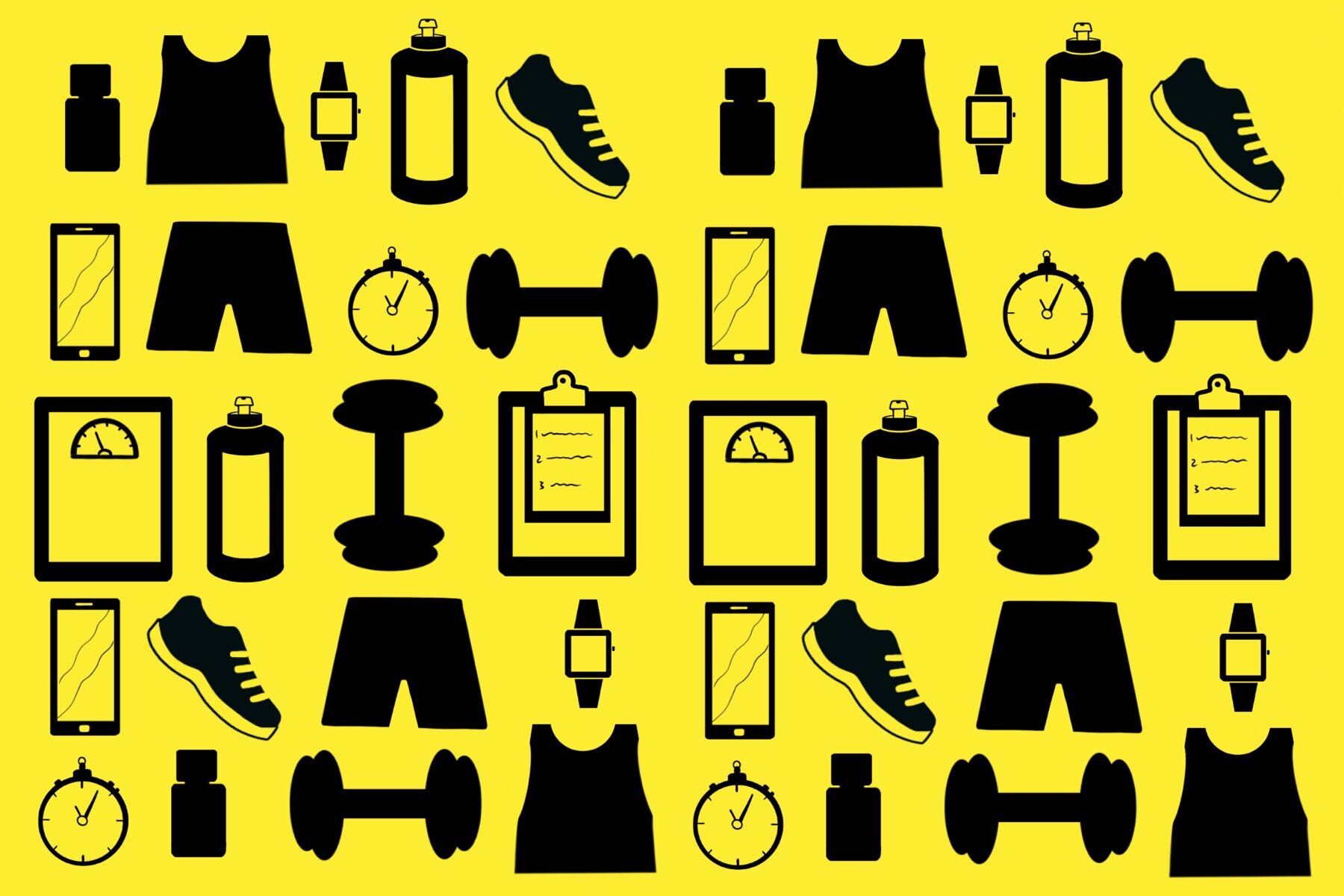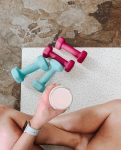As each day goes by, fitness lovers count down the days until the reopening of their second home — the gym. If you’ve been too busy binging Netflix series, America was issued guidelines for opening up. The approach consists of three phases based on the advice of public health experts. Each state’s phases are different.
But though it seems as if the day would never come, a fair amount of gyms have reopened while other states are preparing to open in the coming weeks. Yet, the return to the squat rack is going to look a lot different than it did before, as new protocols must be followed by gyms to ensure the safety of their members and to avoid being shut down by officials.
In the past, the most important gym etiquette used to be re-racking the weights, but now it’s hygiene. Though it was already recommended to wipe down equipment after each use — that’s what those wet wipes and washcloths are for — wiping down will now be mandatory along with many more procedures.
Gyms across the nation such as Gold’s Gym or Anytime Fitness require masks upon entry and even when working out. These gyms and others are likely to be taking temperatures and screening for COVID-19 symptoms via questionnaires. This is the new normal as it’s not just gyms implementing these practices.
But in gyms, spaces for group training and locker rooms will be closed to ensure social distancing guidelines. Some may be happy to return and understand the need for protocol, but what about gloves? That’s right, gloves may be required when lifting! That protocol is entirely dependent on the establishment and state guidelines
There honestly isn’t much clarification regarding gloves: dish gloves, mittens, latex or lifting gloves? I guess we’re all just so eager to get out and about that specifics aren’t being paid attention to.
Besides sporting some new gear at the gym, reservations are being required to ensure that at least six feet of distance can be maintained between people. Some equipment will even be off limits. As I said, this is not the same home the average Joes will be returning to. Oh, and at some gyms, only members are allowed now, but don’t panic.
It’s no secret that many were devastated when gyms closed. I was one of them and like many others I resorted to home workouts. At the start it was rough but it was also comical; people were doing workouts with canned goods, gallon jugs and backpacks full of rocks!
But if you were one of the lucky ones, you may have got ahold of dumbbells and weights before the shelves were wiped clean. If you’re not a part of a gym right now, here is a tip: Wait until those who bought the whole fitness equipment aisle to sell what they have piled in their garage.
Or … take this opportunity to join a gym. But don’t get too eager like a kid in the candy store. Getting back into a strenuous exercise routine after a hiatus can be dangerous. Gym goers and newbies should proceed with caution to prevent injury and stunting progress.
Some may think they’ll just jump on the bench and start pressing 50s just like right where they left off. But that’s not the case. Though you may have been training at home, it’s not at the same capacity as working out at the gym and with gym equipment.
Even if you do try to go heavy, you shouldn’t expect to be at the same level you were before. You’ll probably be sore because you haven’t trained in a while and your body will be shocked from the heavy weight and actual equipment.
But this leads to another thing: stunting progress. If you progress and follow a new plan you’ll regain the strength quicker than if you try to start where you left off. I honestly had a bad time accepting the closure of gyms, but then I remembered the phenomenon of “newbie gains.”
The idea of newbie gains is that when the body has never had the stress put on it, it reacts by growing the stressed fibers and throws the body out of a predictable state. If you’re really into going to the gym like a bodybuilder, they often have deload periods to rest the muscle, allowing the body to recover and keep the ligaments and tendons healthy. Deloading is beneficial for those that go to the gym time after time with no break.
Upon returning to training after a deload week or time off, the body will experience a phase of “newbie gains,” though it may not be as massive as an actual newbie’s. Therefore, not going the maximum on weights at first will help you benefit from “new gains.”
Another simple and valid reason to not go heavy when getting back is because no one will be there to spot you. Spotting is used to help others hit a PR (personal record) and not get injured in the process. It allows someone to feel safe — so instead of spotting you’ll have to stay squatting. Which leads to the last point: stretching.
If you had poor gym habits prior to the mandatory break, use this chance to implement new ones. Stretching after exercise prevents injury and helps with flexibility. Stretching keeps the muscles strong and flexible to help the range of motion in joints, allowing for more activated muscles.
There are various benefits that exercising offers and it doesn’t even need to just be weightlifting. It can be something like taking a Pilates class, cycling or even swimming. Exercising allows you to manage your weight, but it also combats health conditions and disease, improves mood — don’t we all need that right now — promotes better sleep and boosts energy.
Though all of that is promoted by working out, don’t overtrain; you’ll decrease your performance and have sleep issues and injuries. I know you may be eager to get back to Flex Friday but finding a new balance and new normal is just as important, if not more so. There is no excuse to not build healthy habits when you’re starting from scratch.
And though you’ll be limited on time and space, have fun with it! If you want to take that gym selfie, do it; no one is going to be looking when on a time crunch, and if you are self-conscious, go now when there is minimum capacity.

















